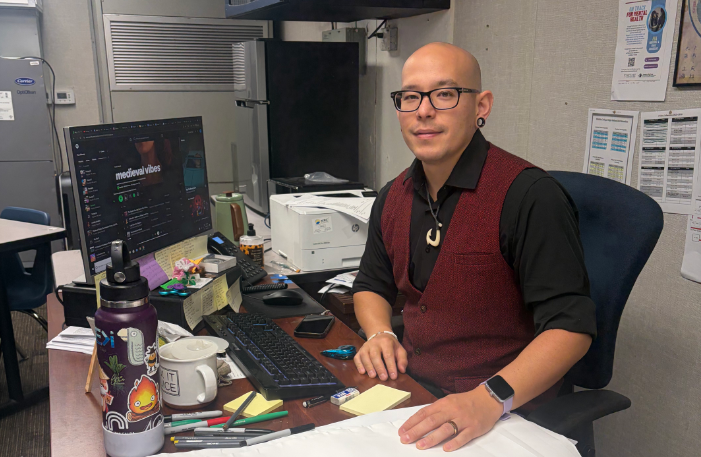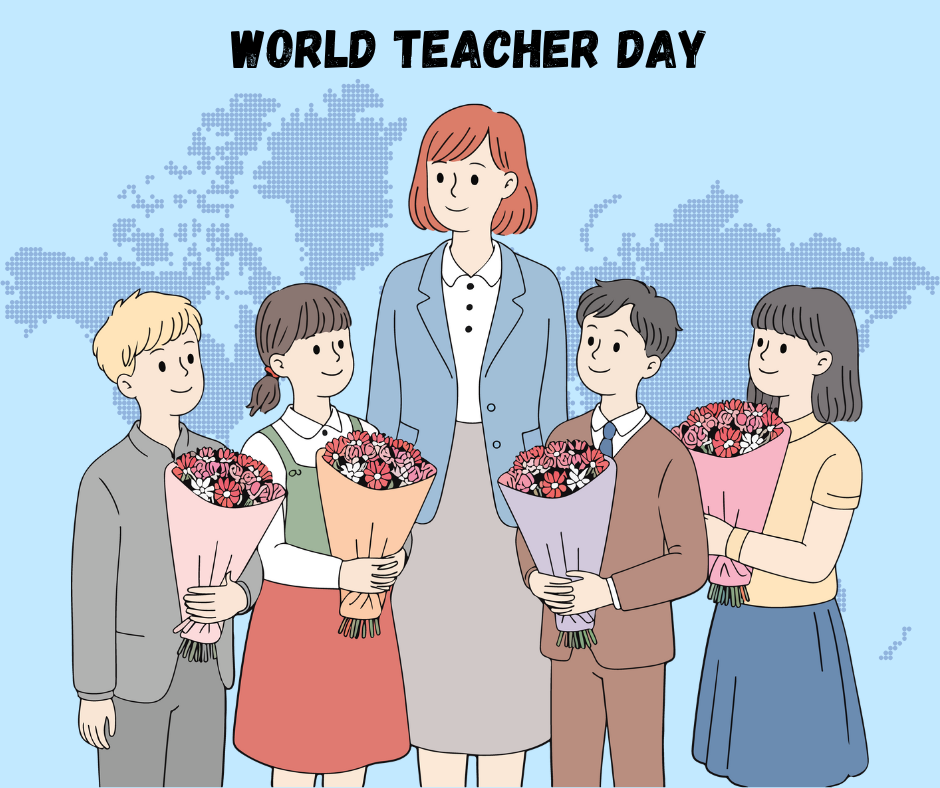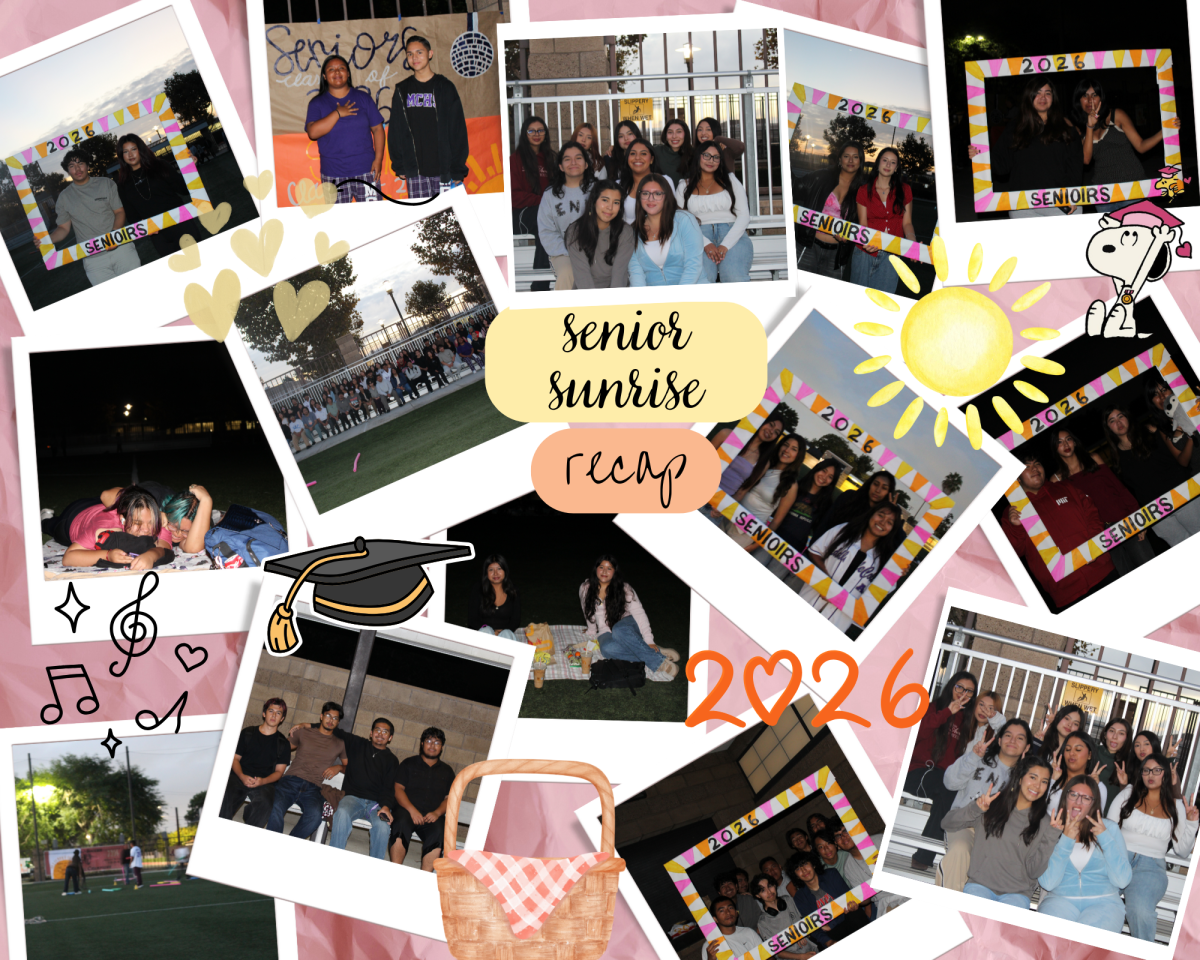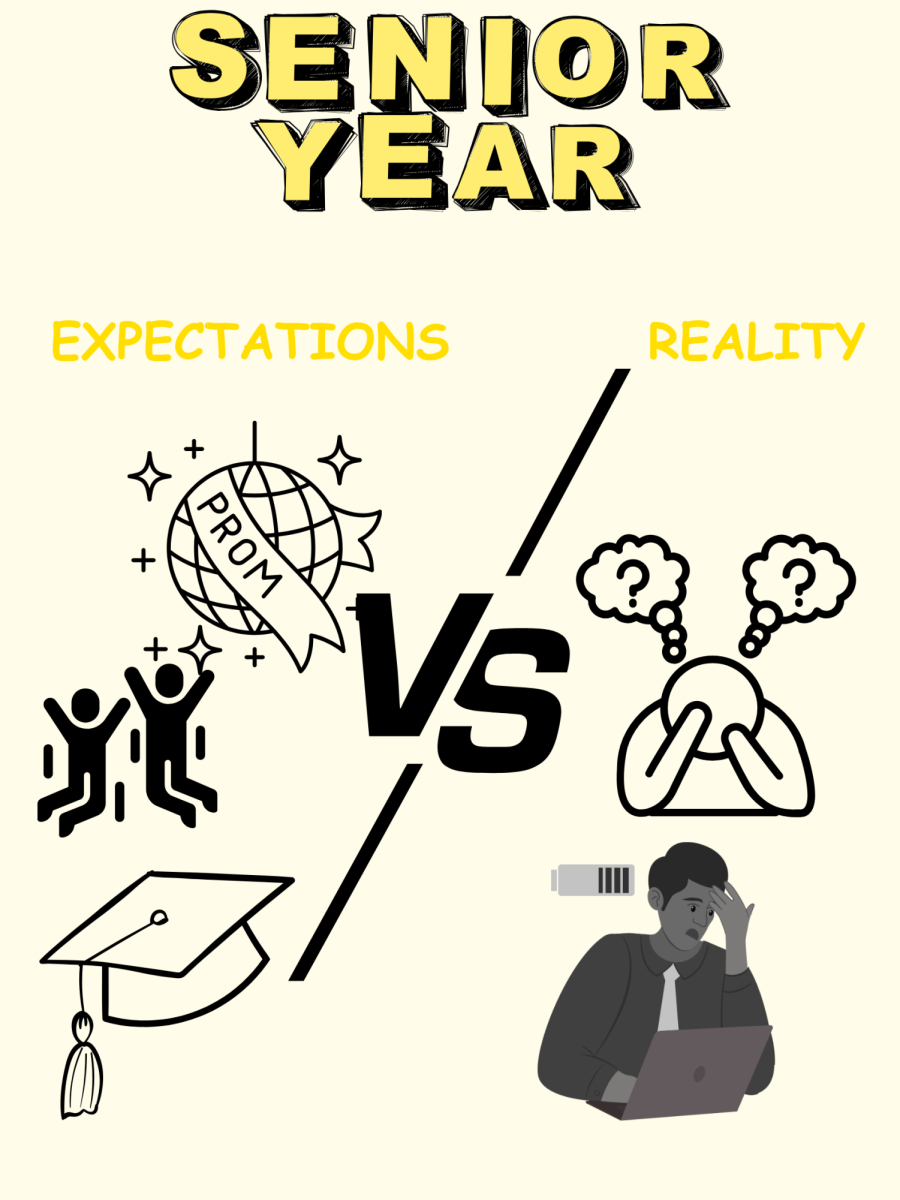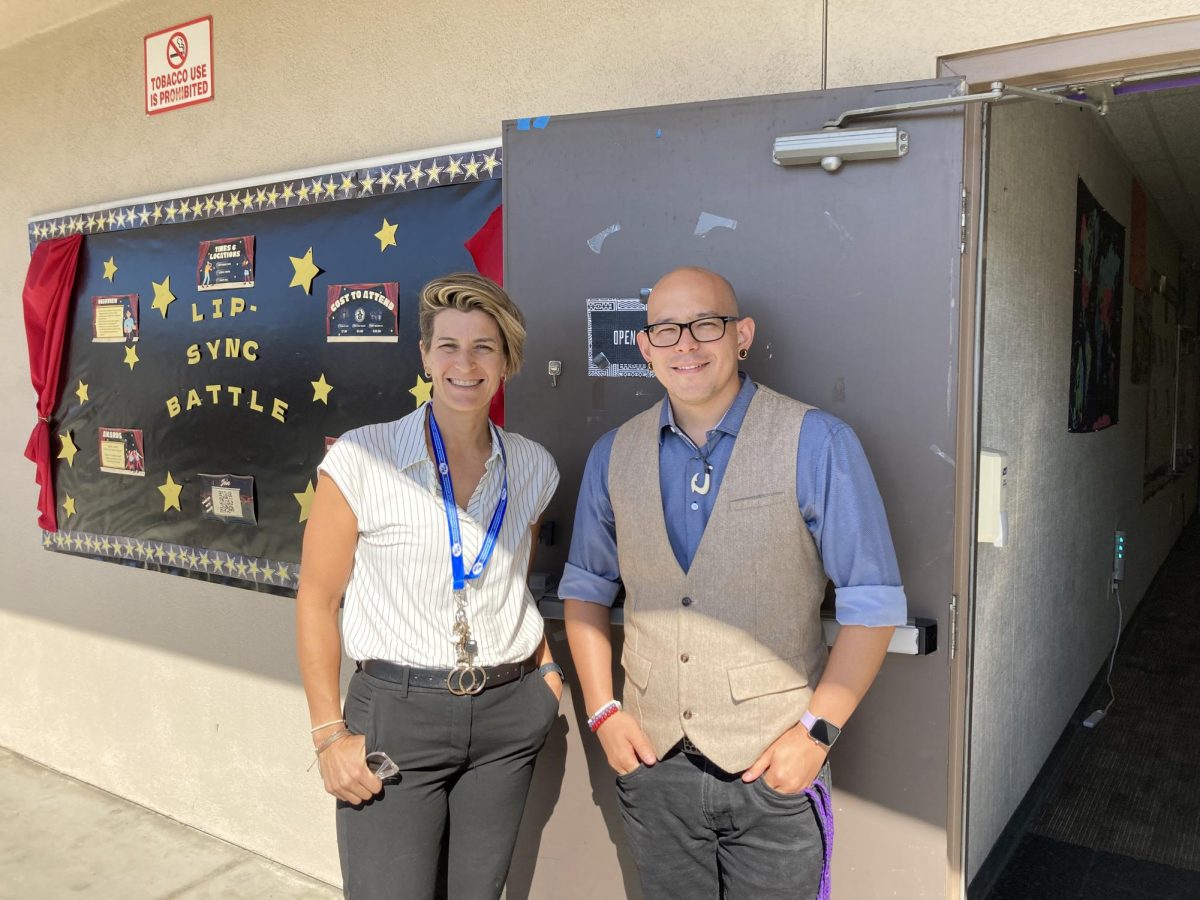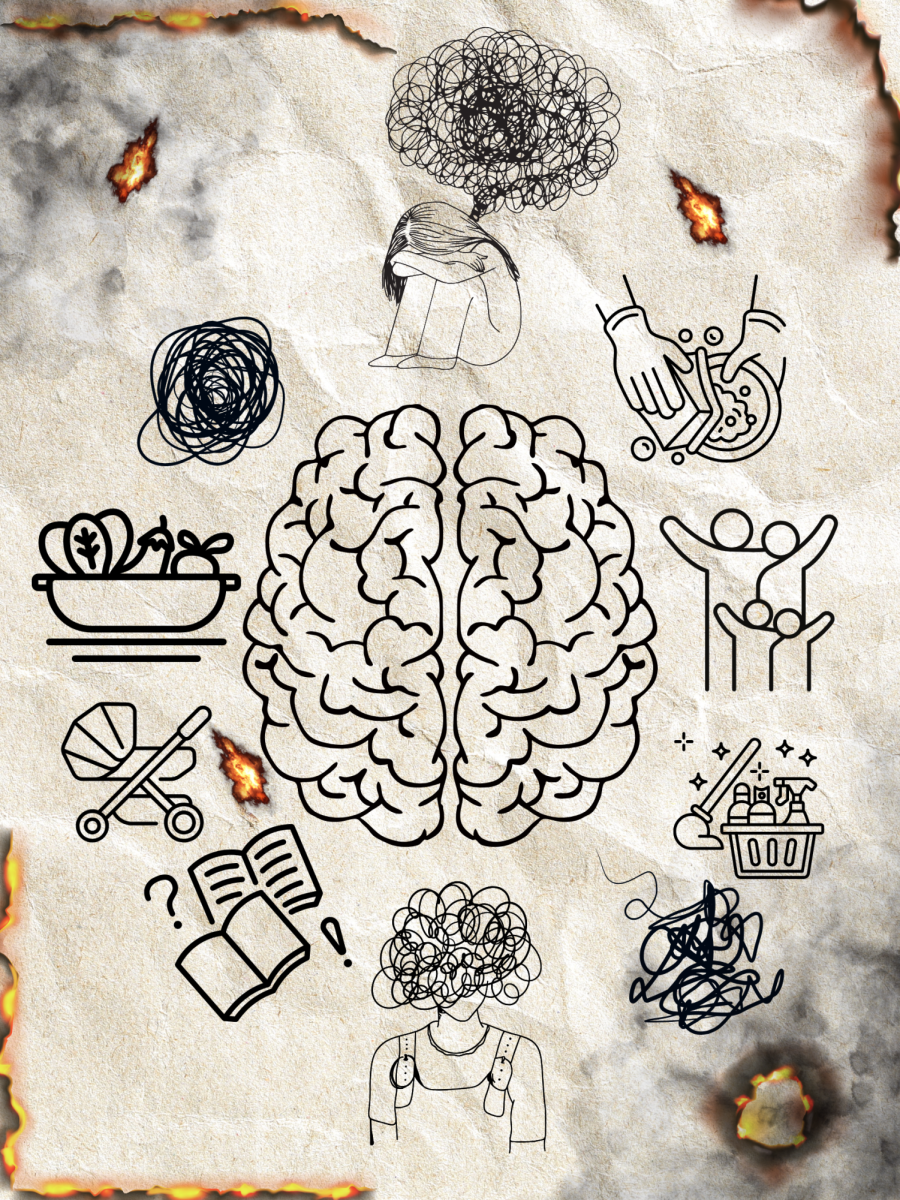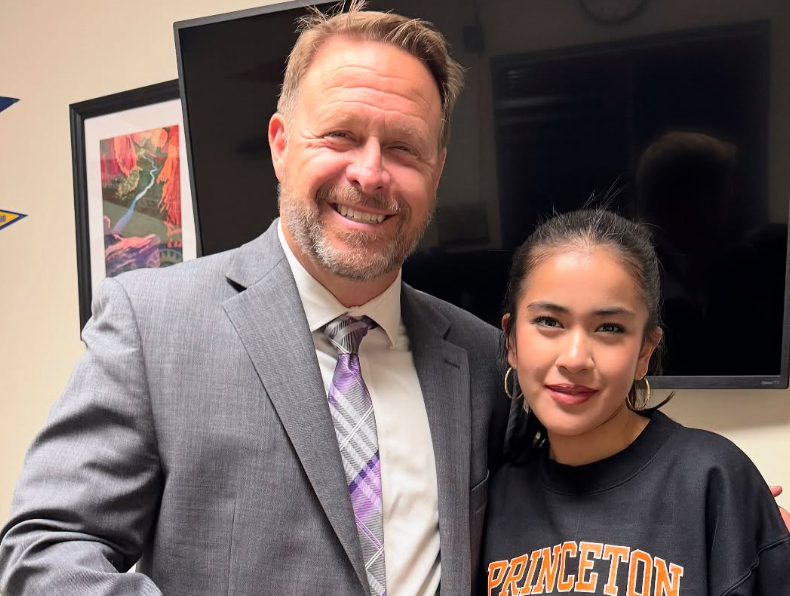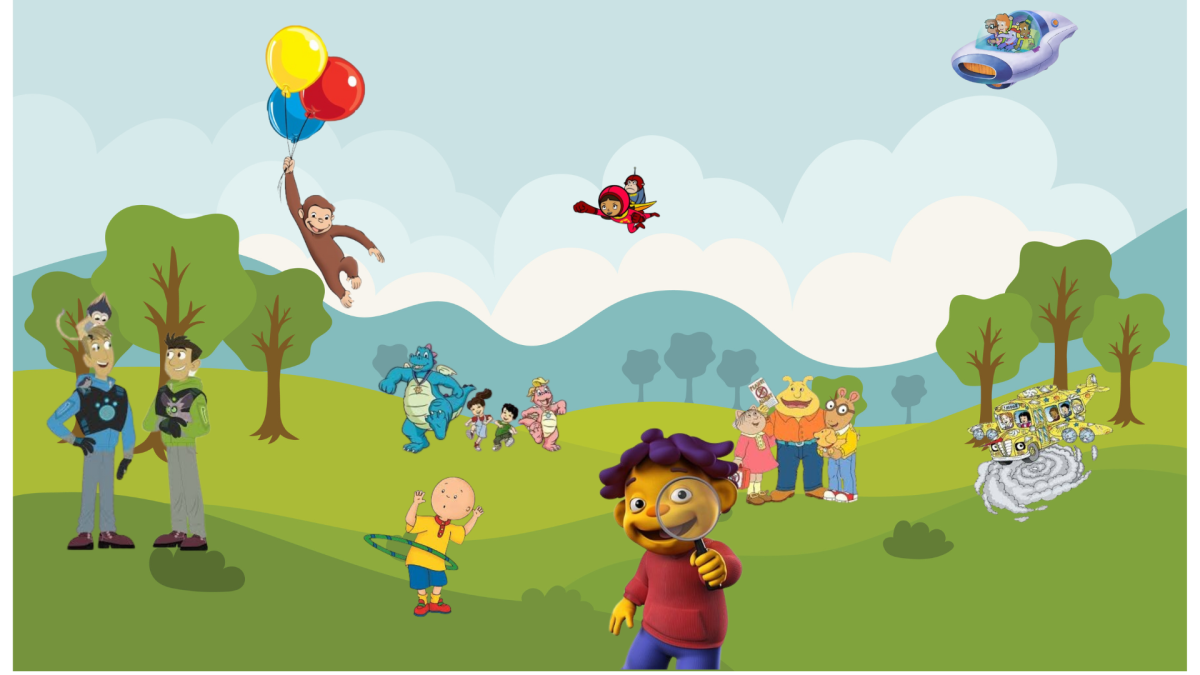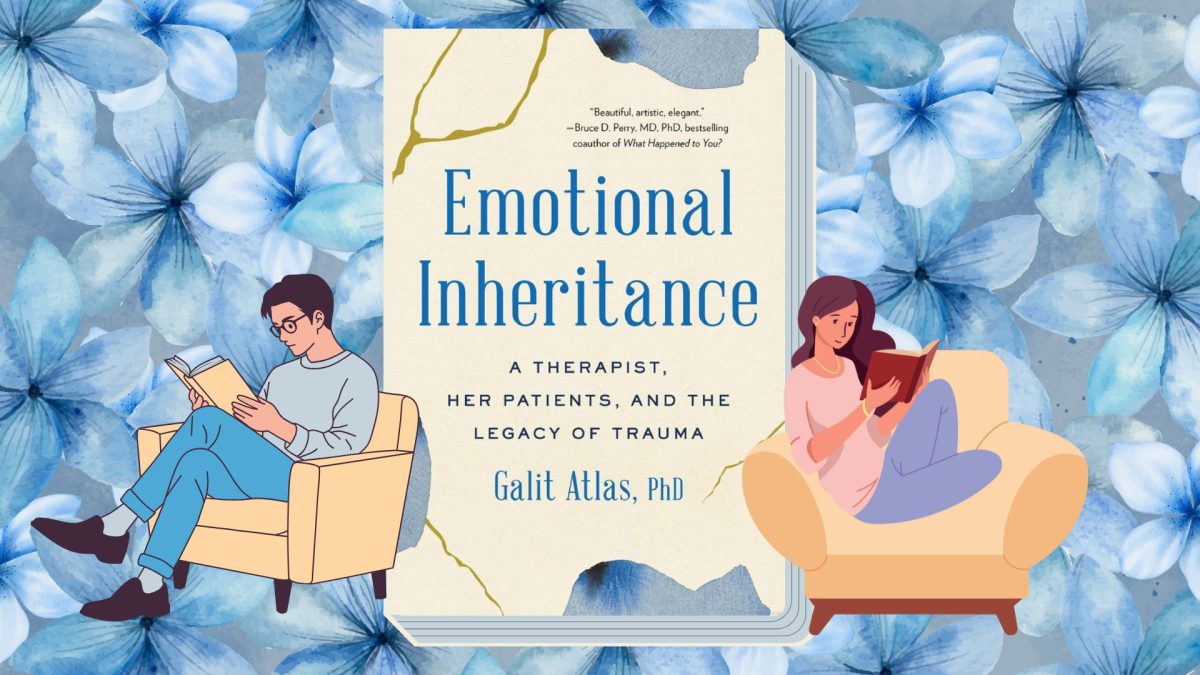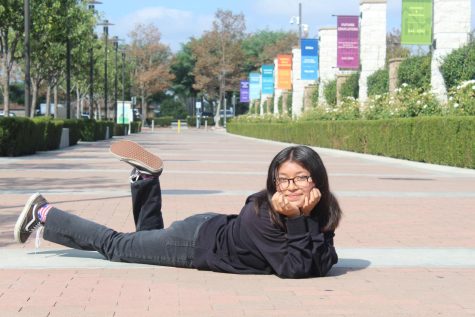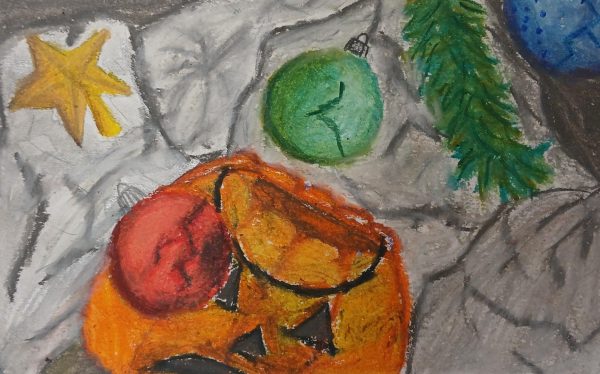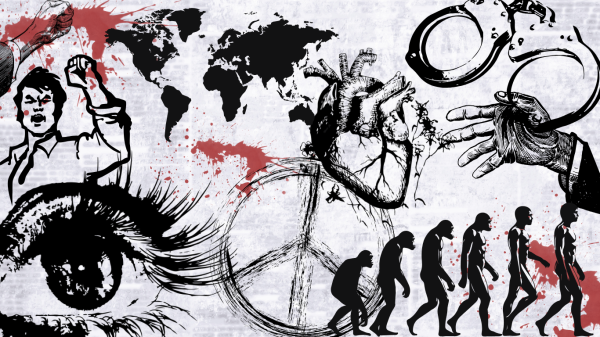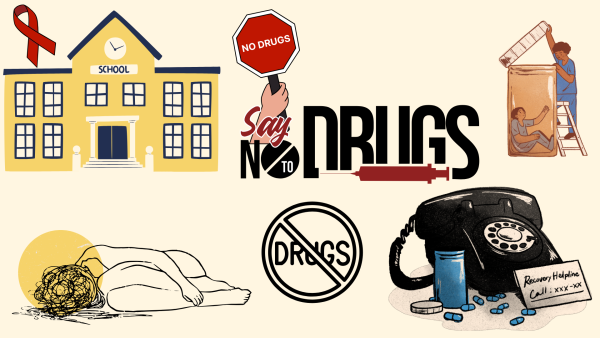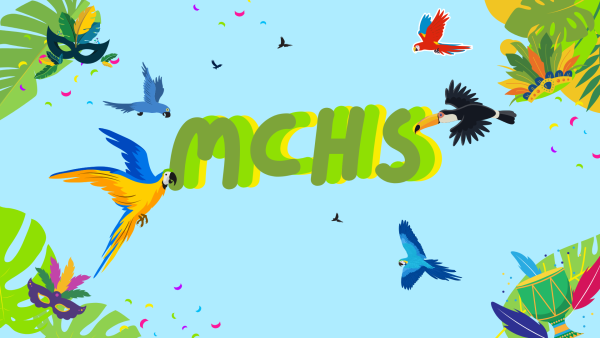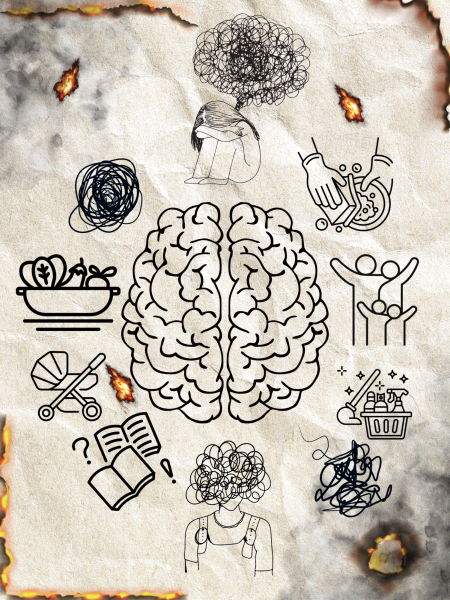As victims, people of color deserve fair media treatment

Joselin Corrales (made with Canva)
Every year many people go missing but only a certain amount of cases get media coverage or attention from the community.
In 2020, the case of Gabby Petito surfaced in the news and all over social media. There were videos on every social media app of people trying to help solve the case, looking at their Instagrams and looking into the suspects they believe did something to her. On the other hand, Beverly Logan, a woman of color, went missing earlier this year and got no media attention. They still don’t know where she is even though they have arrested a suspect. She was reported missing weeks after silence and no one has helped search for her.
“I followed up with the Gabby Petito case, I think it got so much recognition possibly because she was a straight white woman and because her own boyfriend did it,” said Senior Elizabeth Correa.
I couldn’t agree more with Correa. There’s racism in media coverage because many cases all over the world don’t get as much recognition. With cases like these, most people’s attention is geared towards white women and care about them more.
“I think it got so much coverage because the couple would post on social media, and the 911 police recordings interested people,” said Senior Susana Giles. “There were also many witnesses that shared what they knew so it would be mentioned everywhere on social media.
Throughout the years, this case received so much attention and coverage all the way through. It makes us question why when there were also other missing people–often people from a different race whose cases don’t get lots of attention.
This is because of missing white woman syndrome, a phrase created by late PBS anchor Gwen Ifill, which refers to the uneven media coverage that cases of missing or endangered white women get and the disinterest people have in cases that involve missing people of color.
“I know what missing white woman syndrome is and I think it occurs because a lot of people are really captured by cases with white women and put aside minority cases because of their possible racism,” said Correa.
In 2013, Zach Sommers, a sociologist at Northwestern University who studies crime, conducted a study and looked at every missing person case covered by national, local, and news sources from different regions and different demographic profiles. What he found was white women were most likely to be the subject of news coverage among missing persons and were most likely to be covered in the media compared to anyone else.
While researching more on cases and wondering why some cases get more coverage than others, I looked at the role that the police have in this.
“I think that the police have a big influence on which cases are talked about because they can decide whether or not to give out the information of what’s going on. Sometimes if the case is big enough they’ll give out all the information and sometimes they’ll keep it classified so it doesn’t grow popular,” said Giles.
People interested in these criminal cases all over the world play a big role. There are different ways we can influence the amount of information we find or the amount of coverage a case can get. For example, we can continue to research cases around us and share them with others so more people can learn about them. We can also keep speaking up and advocating for those who didn’t get enough media coverage so that their case can receive more attention.
“I believe that communities have a very important role when it comes to what is and isn’t talked about. If enough people talk about a certain topic then, of course, it is going to get covered by every news channel and every website,” said Senior Alejandro Prado. “However, I also believe that community can help in cases like Gabby’s because it is in times of panic and fear when community plays an important role.”
I agree with Prado; when the community surrounding the case starts to receive more attention like with Petito, it can cause a sense of fear which helps to rally support for the family. I can also say that when a community works together to look for someone, it is useful and helps because once someone gets a hold of information, they can continue to put it out there and inform everyone else.
“I think the community has an influence because they’re able to create millions of posts and get millions of views which captures people’s attention and focus on certain cases,” said Correa.

